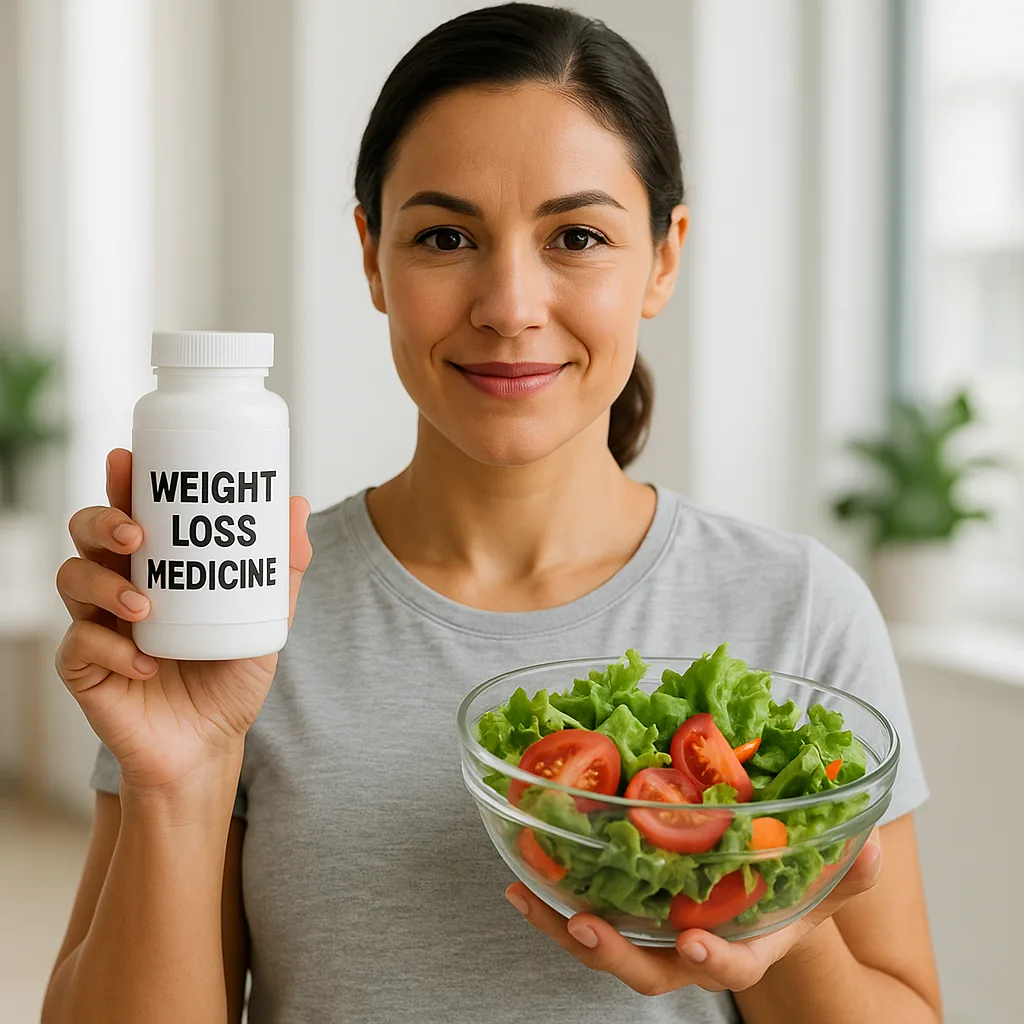You think balance is a side note in the symphony of fitness? Then you’ve missed the beat. In the chaos of strength training, aerobic activity, and flashy gym workouts, balance—quiet, subtle, essential—is often ignored. But here’s the raw, unapologetic truth: without balance, the whole structure collapses. Your workouts? Crippled. Your endurance? Compromised. Your body? Vulnerable. Let’s fix that.
What Is Balance in Physical Fitness?
Balance isn’t a metaphor. It’s literal. It’s your body’s ability to control its position, whether you’re still or moving. It’s the line between controlled grace and clumsy injury. And yet so many types of exercise gloss over it.
Balance is core strength, yes. But it’s also neuromuscular coordination, proprioception, reaction time, muscular strength, and flexibility rolled into one seamless system. It’s as foundational as oxygen. Especially when you’re over 50, or you’re coming off injury, or you just don’t want to look like a newborn deer every time you step on a BOSU ball.
Why Balance Exercises Matter
1. Fall Prevention for Seniors and Beyond
If you’ve ever seen a senior fall, you know—it’s not just a stumble. It can be the start of a rapid decline. Balance exercises for seniors are not optional. They’re a lifeline. They’re the difference between autonomy and dependency.
2. Stronger Muscles, Better Control
Ever tried a single-leg deadlift? That fire in your hamstrings is real. Balance training engages smaller stabilizer muscles often ignored in strength training exercises. This means more strength, better posture, and fewer injuries.
3. Improved Athletic Performance
Runners, lifters, yogis—listen up. You want better performance? Improve your balance. Coordination, agility, reaction speed—they’re built on a base of equilibrium.
4. Enhanced Mind-Body Connection
You want to know your body. Not just lift weights with it. Balancing exercises force presence, awareness, and deep core engagement. That’s next-level fitness.
Best Balance Exercises for Any Fitness Level
- Single-leg stand (with or without support)
- Heel-to-toe walk
- Balance board squats
- BOSU ball lunges
- Tai Chi or slow-flow yoga poses
- Bird dog or dead bug
- Plank with leg lifts
For Seniors
- Chair-supported exercises
- Marching in place
- Toe taps
- Wall push-offs
How Balance Workouts Integrate with Other Fitness Types
Don’t silo your fitness. Balance, flexibility, and strength are connected. Here’s how balance weaves through:
| Workout Type | Balance Integration |
|---|---|
| Yoga | Poses like Tree and Warrior III build balance + flexibility |
| Strength Training | Unilateral lifts challenge stabilizer muscles |
| Walking | Try walking heel-to-toe to engage balance |
| Circuit Training | Mix balance drills for increased challenge |
| Posture Correction | Balance is essential to spinal alignment |
Tips for Starting Balance Training
- Start slow, with bodyweight exercises
- Use support (a chair, wall) as needed
- Progress to unstable surfaces (balance boards, BOSU)
- Combine balance with flexibility exercises
- Be consistent—3x per week minimum
Combine Balance with These Killer Workouts
- Free Home Workouts on YouTube
- Best Home Fitness Machines
- Quick Morning Workouts
- Burpee Guide
- Glute Exercises
Balance for Mental Strength
This isn’t just physical. When you stand on one leg with your arms shaking, sweat dripping down your spine, your brain is fully alive. Balance is mental strength training disguised as physical effort.
What About Equipment?
- BOSU balls
- Balance boards
- Stability balls
- Foam pads
- Sliders for dynamic balance drills
Internal Links to Deepen Your Knowledge
- How to Do Squats
- Stay Motivated at Home
- Fix Bad Training Habits
- Health Benefits of Brisk Walking
- Increase Running Endurance
- Post-Workout Stretch Guide
Conclusion: Get Grounded, Stay Strong
Balance is the unsung hero of fitness. It’s not flashy. It doesn’t get the same hype as six-pack abs or max deadlifts. But it’s the root from which strength, mobility, and stability grow. Don’t ignore it. Embrace it. Build it. Because your future self—steady, strong, and upright—depends on it.
FAQ: Balance Exercises
What are the best balance exercises for seniors?
Chair-assisted leg lifts, heel-to-toe walking, and tai chi are great for improving stability and reducing fall risk.
Can balance exercises improve posture?
Yes. Balance training activates the core and stabilizer muscles, which directly supports better posture.
How often should I do balance training?
At least 3 times a week. Incorporate it into your strength training or morning yoga routine.
Do I need equipment?
No, bodyweight is enough to start. But a balance board or BOSU ball can add challenge and progression.
Why is balance training important?
Because without it, all your other training sits on a shaky foundation. Balance is the bridge between flexibility, muscle control, and injury prevention.
- Top 10 Workout and Weight Loss Plans Backed by Science (2025 Guide)
- Effective Medicine for Weight Loss Without Side Effects (2025 Guide)
- Best Weight Loss Diets That Work Fast in 2025
- Intermittent Fasting & Workouts: Optimize Fat Loss & Performance | PrimeFitnessTips
- Meal Prep Strategies to Fuel Your Fitness | PrimeFitnessTips
-
Top 10 Workout and Weight Loss Plans Backed by Science (2025 Guide)
Discover the top 10 workout and weight loss plans backed by science in 2025. Proven fat-loss strategies with HIIT, strength training, cardio, and more.
-
Effective Medicine for Weight Loss Without Side Effects (2025 Guide)
Find the most effective weight loss medicines of 2025. GLP-1s, orlistat, Contrave, and safe natural aids explained with science and zero hype.
-
Best Weight Loss Diets That Work Fast in 2025
Discover the best weight loss diets of 2025 that work fast. Evidence-based, high-protein, keto, Mediterranean, and fasting—clear steps for real results.




